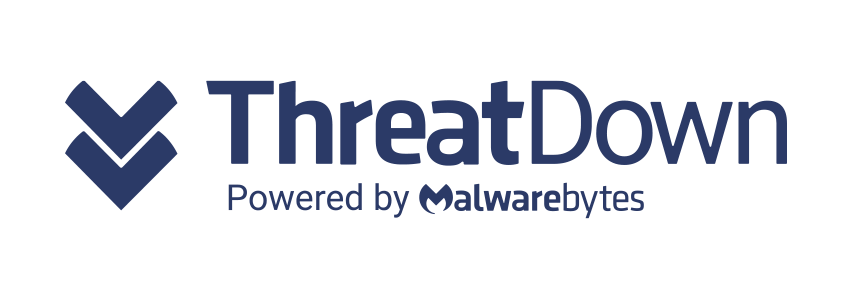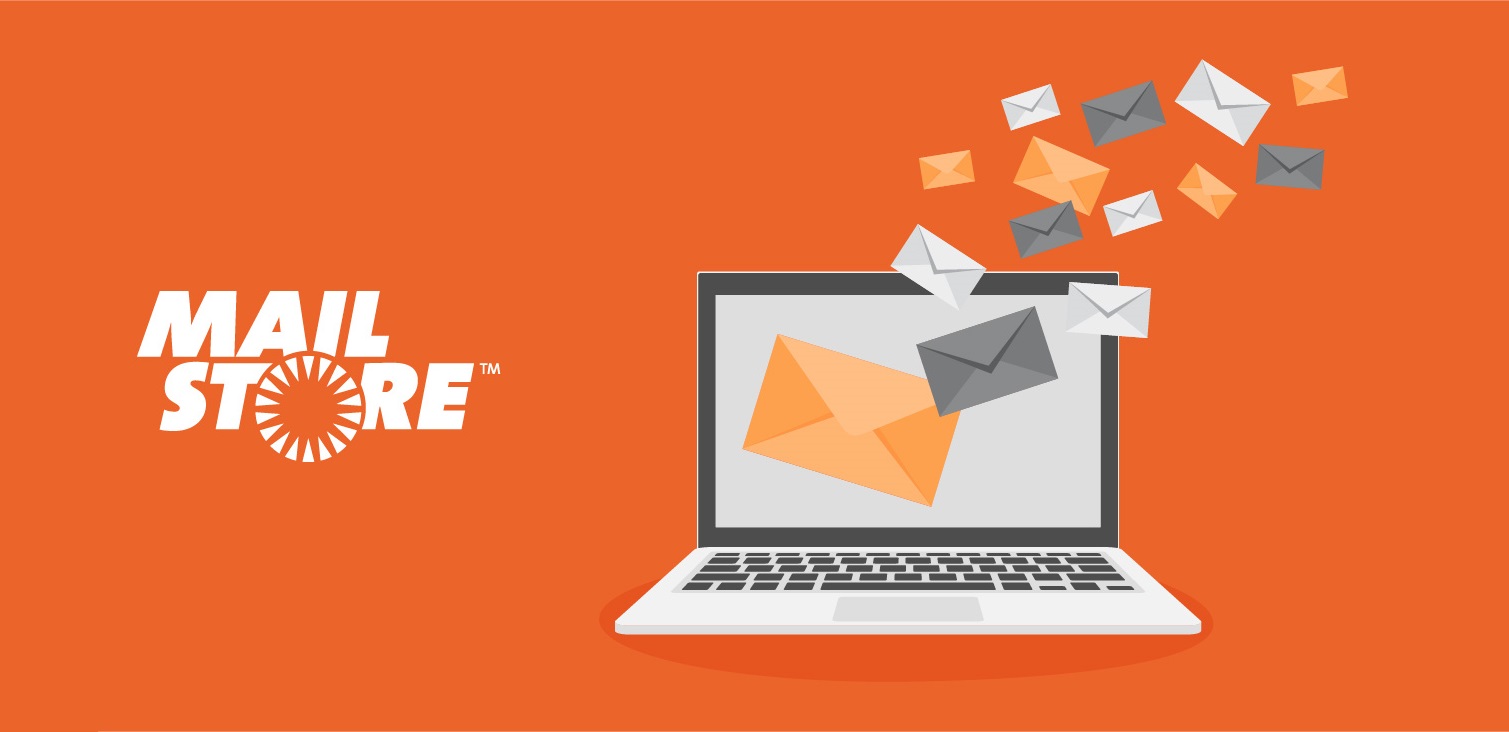MailStore announced the new version 22.1. New MailStore V22.1 brings optimized usability, security and compliance. Almost six weeks later, MailStore announced V22.1.1 for error-free archiving with public folders on Microsoft 365 and recently, the company announced the release of V22.2 offering support for the operating systems Windows 11 and Windows Server 2022 (Essentials, Standard και Datacenter).
However, before we talk about the new features brought by version 22.2 of MailStore, we will refer to those brought by the V22.1, after of course the significant change in the nomenclature and the numbering scheme of MailStore products.
MailStore V22.1
Administrators of MailStore Server and the MailStore Service Provider Edition (SPE) will benefit from a better user experience with optimized usability and stability, while business owners will be pleased with the enhanced security and a new compliance feature. This is especially the case for businesses that are using our add-on tool MailStore Gateway. MailStore Home users aren’t going away empty-handed either, as we’ve improved the user friendliness.
If you’re wondering why Version 13.2 is being succeeded by Version 22.1, don’t worry: you haven’t missed eight main versions, nor have we got our maths wrong. With the latest version, we’ve changed our numbering scheme for MailStore product versions. The new numbering system reflects the time of the release, so, Version 22.1 stands for the first quarter of 2022. You’ll find more information, together with a series of FAQs, in our blog post New Version Numbering System for MailStore Products.
The version number will be given the format YY.Q, where YY stands for the year and Q for the quarter of the release (e.g. 22.1 for the first quarter of 2022). The full version number will appear thus: <YY.Q.N.BBBBB>, where YY is the 2-digit year, Q is the quarter, N is the release number in the respective quarter, beginning with 0, and BBBBB is the build number of the release. For example: 22.1.0.12345 would be the first release in the first quarter of 2022 with build number 12345.
New Features for MailStore Server and the MailStore Service Provider Edition
With Version 22.1 of MailStore Server and the MailStore Service Provider Edition, administrators will benefit from a better user experience, while business owners will be delighted with a new compliance feature. Moreover, the updated GDPR certification means that customers can rest assured that Version 22.1 helps meet the requirements of the EU’s GDPR.
A Better User Experience
By popular request, admins can now determine much quicker whether they need to take action in the archive. The subject lines of the status reports in MailStore Server and the MailStore SPE now alert administrators of the need to take direct action, if necessary. So, without having to examine every status report in detail, administrators can tell immediately whether, let’s say, an error has occurred in the archive and action is required. This can save precious time in everyday work, especially on mobile devices.
Version 22.1 of MailStore Server also lets admins install a new license without having to reboot the MailStore Client. So, it’s now possible to renew your Update & Support Service or switch from a trial version to a productive system without interruption, even if you have not yet activated the automatic license updating function.
Another improvement is the new input validation feature, which immediately notifies MailStore Server and MailStore SPE administrators if they have used invalid characters in the text fields of a file and folder path, e.g. when specifying which PST file is to be archived. Input validation has also been introduced when configuring the automatic creation of archive storage, too. Early detection of invalid characters avoids subsequent errors; so, rather than spending time searching for invalid entries later, the administrator can correct them straight away.
Compliance
In the new version of MailStore Server and the MailStore SPE, the audit log now records how specific archiving and export profiles have been configured in the past. The resulting “full configuration history” can be used to track how certain settings have been modified over time and how this was done. This can be useful during audits and also helps with compliance. The logged information can also be used to resolve issues with archiving and export profiles, should technical problems occur.
Updated GDPR Certification
It goes without saying that Version 22.1 of our business solutions, MailStore Server and the MailStore SPE, has again been certified by independent data protection experts.
The certification takes into account all relevant aspects of the European General Data Protection Regulation (GDPR) and shows that, when used appropriately, both MailStore Server and the MailStore SPE meet all the requirements governing the processing of personal data set out in the GDPR.
New Features for MailStore Gateway
MailStore Gateway is a free add-on tool to support the simple archiving of cloud services such as Microsoft 365 and Google Workspace, and can be used as a supplement to MailStore Server and the MailStore SPE. With Version 22.1, users of MailStore Gateway profit from several new security features.
Enhanced Security
By popular request, administrators can now use Let’s Encrypt™ certificates in MailStore Gateway. This gives our customers a convenient way to use Let’s Encrypt’s free and trusted certificates to safely encrypt all incoming communications running through MailStore Gateway. The certificates can be configured during installation and at any time in MailStore Gateway’s configuration tool, and are renewed automatically every 60 days. Additional information on using Let’s Encrypt certificates with MailStore Gateway can be found in our Help section.
Moreover, the new version of MailStore Gateway uses .NET 6, i.e. the latest .NET LTS release. Also, as we are no longer bundling .NET runtime with the MailStore Gateway installer, you can update your installed .NET runtimes at operating system level (e.g. via Windows Update). This means that you’ll be able to update the .NET framework without having to update MailStore Gateway. During the installation process, the MailStore Gateway installer checks whether the .NET 6 framework exists on your system. If not, the latest version of the framework is downloaded.
Another improvement concerns the handling of TLS/SSL connections by .NET; this has now been updated in line with Microsoft’s current best practices.
New Features for MailStore Home
Although the new release focuses on our business solutions, home users of our archiving solution MailStore Home are not leaving empty-handed either. MailStore Home users, too, will benefit from the new input validation feature, which immediately notifies them if invalid characters are used in the text fields of a file and folder path. Invalid characters are detected early, which means that subsequent errors are avoided and users can correct their inputs straight away.
MailStore Version 22.2
The MailStore email archiving solutions are well known for always supporting the latest operating systems. Following this tradition, MailStore 22.2 now supports Windows 11 and Windows Server 2022, enabling our customers to use their MailStore installation with Microsoft’s most recent operating systems. This provides customers with maximum flexibility and independence when choosing the OS platform for their MailStore installation. In addition, our support of the latest operating systems emphasizes MailStore’s commitment to always protect our customers’ long-term investment in MailStore email archiving solutions. The new version also enables MailStore customers to use TLS 1.3 encryption where available, i.e., currently on Windows Server 2022 or Windows 11 only. This increases security for customers when using MailStore software remotely, even on public networks (e.g. at locations like airports), by being able to use the latest encryption standard. Besides the changes mentioned above, the new version offers various under-the-hood improvements for increased stability, security & performance and as a basis for future enhancements. For example, the underlying framework was updated to .NET Framework 4.8. Also, there is an update of third-party library, which fixes several minor issues in archiving, displaying and exporting of emails. Updated is also the internal database engine for improving stability, security and performance.
For MailStore Server
Supported Operating Systems (32-bit and 64-bit Versions where applicable)
- Microsoft Windows 11
- Microsoft Windows 10
- Microsoft Windows 8.1
- Microsoft Windows 7 SP11
- Microsoft Windows Server 2022 (Essentials, Standard, Datacenter)
- Microsoft Windows Server 2019 (Essentials, Standard, Datacenter)
- Microsoft Windows Server 2016 (Essentials, Standard, Datacenter)
- Microsoft Windows Server 2012 and 2012 R2 (Foundation, Essentials, Standard, Datacenter)
- Microsoft Windows Small Business Server 2011 SP11
- Microsoft Windows Server 2008 R2 SP11 (Foundation, Standard, Enterprise, Datacenter)
For MailStore Service Provider Edition
Supported operating systems
- Windows Server 2008 R2 SP11 Standard, Enterprise or Datacenter (Server Core Installation)
- Windows Server 2008 R2 SP11 Standard, Enterprise or Datacenter (Server with a GUI)
- Windows Server 2012 Standard or Datacenter (Server Core Installation)
- Windows Server 2012 Standard or Datacenter (Server with a GUI)
- Windows Server 2012 R2 Standard or Datacenter (Server Core Installation)
- Windows Server 2012 R2 Standard or Datacenter (Server with a GUI)
- Windows Server 2016 Standard or Datacenter (Server Core Installation)
- Windows Server 2016 Standard or Datacenter (Server with a GUI)
- Windows Server 2019 Standard or Datacenter (Server Core Installation)
- Windows Server 2019 Standard or Datacenter (Server with a GUI)
- Windows Server 2022 Standard or Datacenter (Server Core Installation)
- Windows Server 2022 Standard or Datacenter (Server with a GUI)
Additional Requirements
- .NET Framework 4.8




